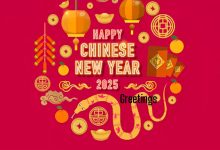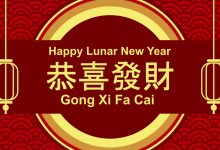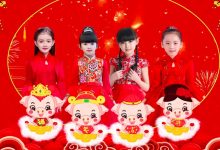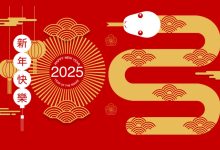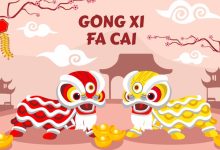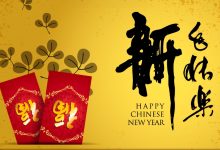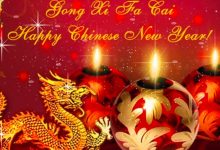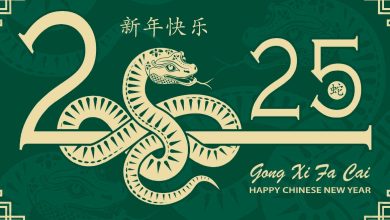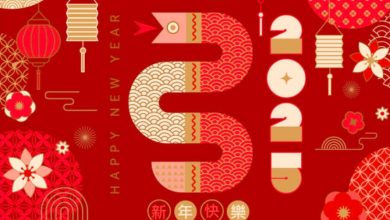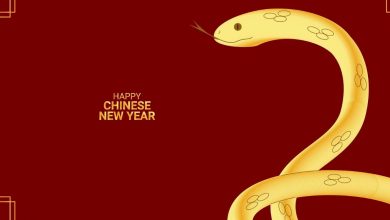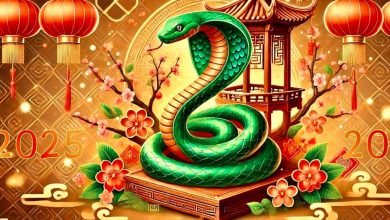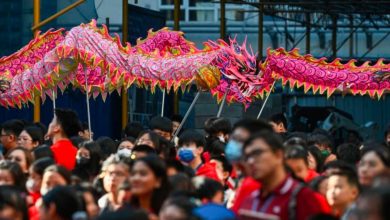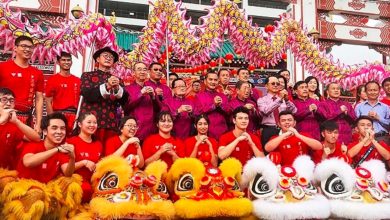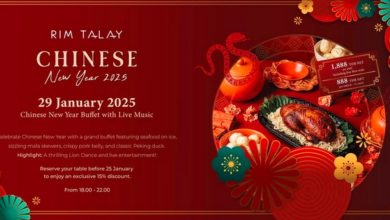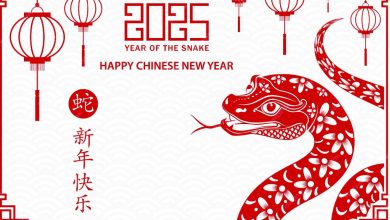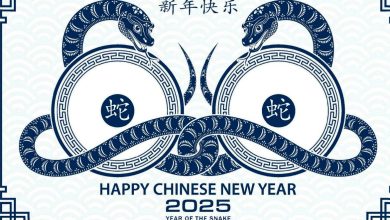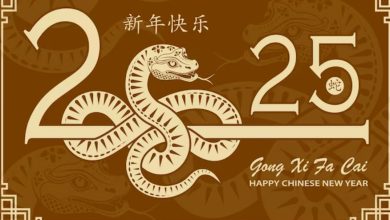Chinese new year 2025 holiday
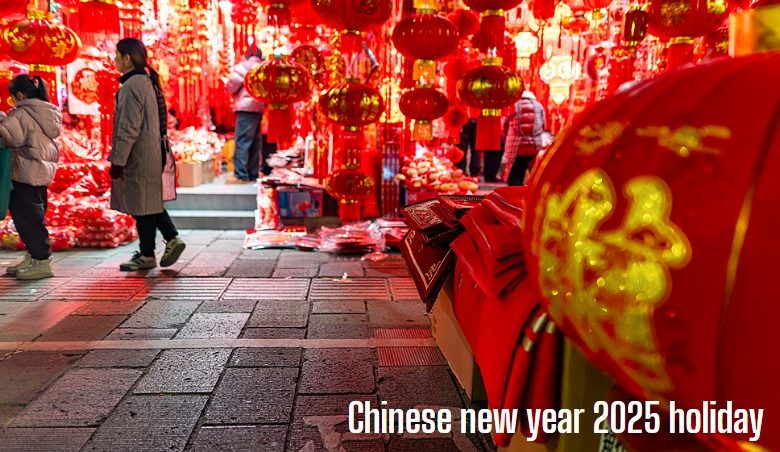
Chinese New Year, also known as the Spring Festival, is the most significant holiday in the Chinese calendar. In 2025, the Chinese New Year falls on Wednesday, January 29, marking the start of the Year of the Snake. This annual festival is steeped in centuries-old traditions and customs, celebrated not only in China but also in many countries with significant Chinese communities, such as Malaysia, Singapore, Indonesia, and the United States. The festivities span fifteen days, culminating in the Lantern Festival, and are characterized by vibrant decorations, elaborate feasts, family reunions, and cultural performances.
The Significance of the Year of the Snake
The Chinese zodiac is a twelve-year cycle, with each year associated with an animal sign. The Snake is the sixth sign in the zodiac and is often associated with wisdom, intuition, and transformation. People born in the Year of the Snake are believed to be intelligent, analytical, and resourceful. The snake is also considered a symbol of rebirth and renewal, making 2025 a year filled with opportunities for growth and self-discovery.
Preparations for the New Year
The preparations for Chinese New Year begin weeks in advance. Families thoroughly clean their homes to sweep away bad luck and make space for good fortune. This tradition, known as “sweeping the dust,” symbolizes a fresh start and the removal of the old to welcome the new. Once the cleaning is done, homes are adorned with red decorations, including lanterns, couplets with auspicious phrases, and paper cuttings of animals, flowers, and other symbolic motifs. Red is considered the color of luck, happiness, and prosperity in Chinese culture.
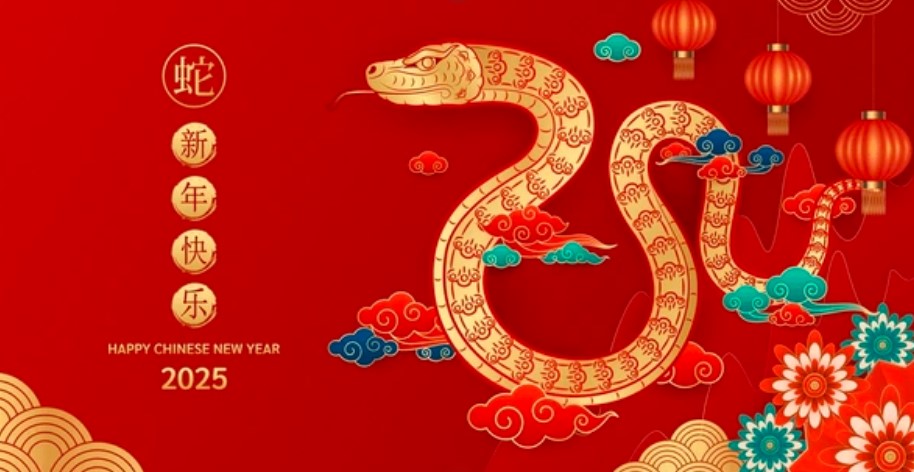
Another important aspect of preparation is shopping for the New Year. Markets are filled with people buying new clothes, special foods, and gifts. Foods like fish (symbolizing abundance), dumplings (representing wealth), and nian gao, a sweet glutinous rice cake (signifying progress and higher achievement), are particularly popular.
New Year’s Eve: Family Reunions and Feasting
The most important day of the Chinese New Year celebration is New Year’s Eve, which is dedicated to family reunions. It is a time for relatives near and far to gather and share a reunion dinner, known as “nianyefan.” This meal is a lavish affair featuring dishes with symbolic meanings. For instance, fish represents surplus and prosperity, while long noodles symbolize longevity.
A key part of the evening is the giving of red envelopes, or “hongbao,” filled with money. These are typically given by elders to children and unmarried younger relatives as a gesture of goodwill and blessings for the coming year.
Many families stay up late to welcome the new year, a custom known as “house.” Fireworks and firecrackers are set off at midnight to drive away evil spirits and bad luck. The explosive sounds are believed to bring joy and a fresh start to the year.
Festivities During the New Year
The first day of the Chinese New Year is dedicated to honoring deities and ancestors. People dress in new clothes, often red, and visit temples to pray for health, wealth, and happiness. The day is also marked by greetings of “Gong Xi Fa Cai” (“Wishing you wealth and prosperity”) and “Xin Nian Kuai Le” (“Happy New Year”).
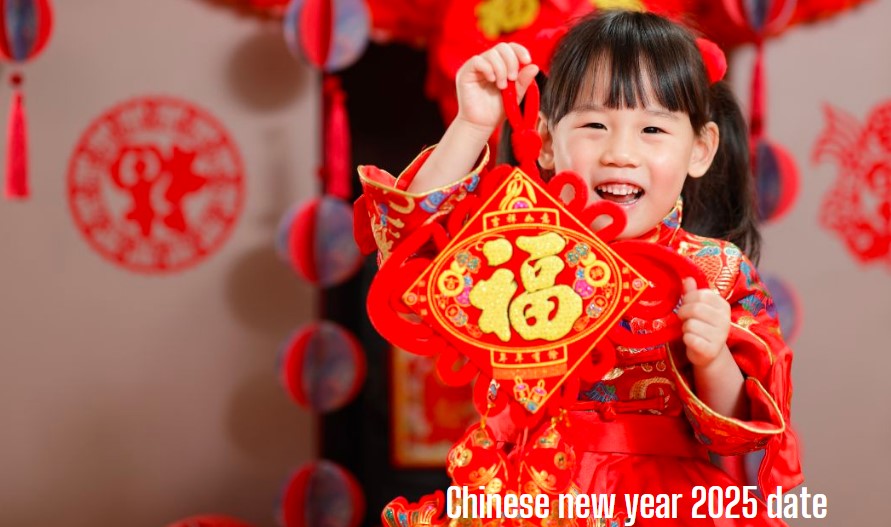
In the following days, families visit relatives and friends to exchange well-wishes and gifts. Lion and dragon dances are performed in streets and public squares to entertain crowds and ward off bad luck. The performers, clad in elaborate costumes, move to the rhythmic beat of drums, cymbals, and gongs.
The Lantern Festival
The Chinese New Year celebrations conclude with the Lantern Festival on the fifteenth day. This day is marked by the lighting of colorful lanterns, which symbolize illuminating the future and letting go of past misfortunes. Lantern displays, riddles, and dragon dances are highlights of this festival.
Eating tangyuan, sweet glutinous rice balls filled with sesame or peanut paste, is a traditional custom during the Lantern Festival. Tangyuan’s round shape signifies unity and harmony within families.
Celebrations Around the World
While Chinese New Year is a public holiday in China, it is also widely celebrated across the globe. In cities like San Francisco, London, and Sydney, elaborate parades and cultural events draw massive crowds. Chinatown districts come alive with street fairs, lion dances, and food stalls offering traditional delicacies.
Countries in Southeast Asia with large Chinese populations, such as Malaysia and Singapore, host grand celebrations, including temple fairs, cultural performances, and fireworks displays. These events showcase the rich heritage and traditions of the Chinese community while fostering a sense of unity and cultural pride.
The Essence of Chinese New Year
At its core, Chinese New Year is a time of renewal, gratitude, and togetherness. It is a period to honor ancestors, strengthen family bonds, and welcome new beginnings. The customs and rituals associated with this festival are not merely about tradition but also about fostering hope, joy, and connection. As the world ushers in the Year of the Snake in 2025, the celebrations will once again remind us of the timeless values of unity, perseverance, and prosperity.
